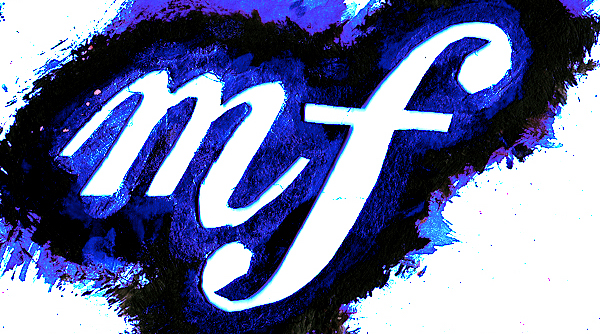Occasional Services
Bill Haywire - November 1November 1 - 30, 2024 Reception: Sun, November 3, 2 - 4 pm 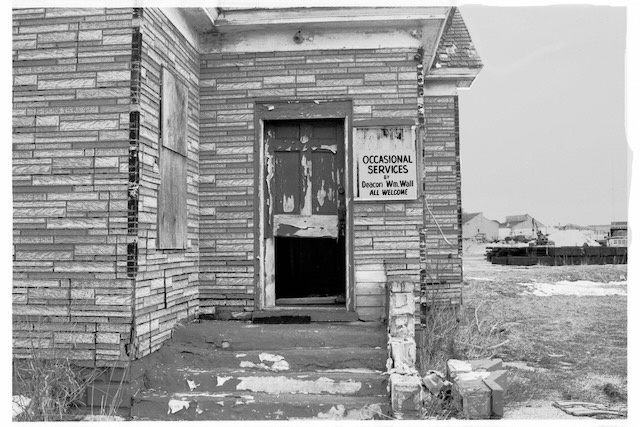 Bill Haywire is originally from Millville, NJ. Carl Sandburg wrote about Millville: “Down in southern New Jersey, they make glass. By day and by night, the fires burn on in Millville and bid the sand let in the light.” Sandburg then went on to describe child labor in the glass industry. This is well documented by a photographer for the National Child Labor Committee (NCLC), Lewis Hine (1874-1940) who documented working and living conditions of children in the United States between 1908 and 1924. These images can be found in the National Child Labor Committee Collection in the Library of Congress. The glass industry, to paraphrase, was the alpha and omega of Millville. When it went down, so did Millville, and Bill knew it was time to get out. After an unsuccessful attempt to get a liberal arts degree, spending more time in the library reading Marx than studying, he returned to his proletarian roots as a wageworker. While working at the art gallery at Sonoma State University his freshman year of college, one of the first exhibits he installed was of Farm Security Administration. (FSA) photography of California. Bill eventually took photography classes at the University City Arts League in West Philadelphia. Inspired by FSA photographers, especially Walker Evans, he focused the lenses of his Pentax SLR knock-off and Seagull medium format cameras on urban decay in North Philadelphia, and the fading relics of the oyster industry in southern New Jersey. Located at the mouth of the Maurice River, where it flows out to the Delaware Bay, are Bivalve and Shellpile. Bivalve was the location of a once booming oyster industry and Shellpile was a community of African American oyster shuckers, part of the Black working class diaspora of the eastern seaboard of the United States, who migrated from the Chesapeake to the Delaware Bay, following the shucking jobs. Their lives and living conditions, often squalid, were documented by WPA photographers and those can also be found in the Library of Congress Collections. The decaying buildings besides piles of oyster shells, the frozen marsh, and the stark winter landscape beneath overcast winter skies were Bill’s first black and white photographic subjects. Later subjects included Joshua Tree National Park landscapes, Belleplain State Forest (NJ), the Jersey Shore in the off-season, and portraits of his Father, Stepmother, and various cats (not in the show). Many of the prints in the show were enlarged and developed in a makeshift darkroom in an unventilated walk-in closet on Mifflin Street on Madison’s East Side. Except for prints made in Philly, most were printed there between 2002–2004. They are printed on RC paper, with some of the larger prints treated with selenium toner. Twenty years later and Bill is finally sharing these in his exhibit, “Occasional Services”. Though Bill hopes to some day scan and digitize prints from the negatives, most of the prints in this exhibit are one of a kind. 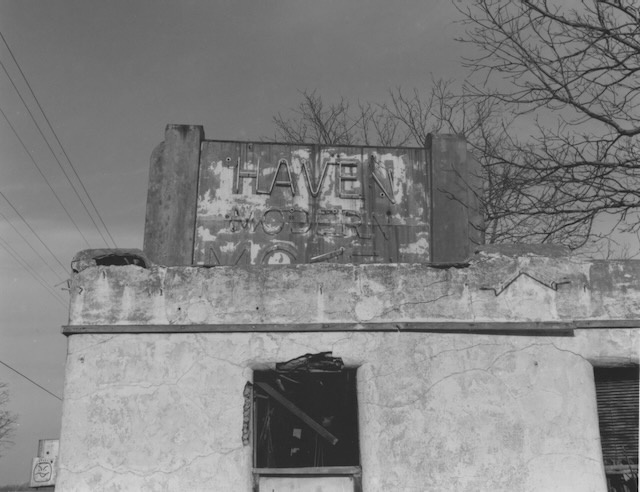 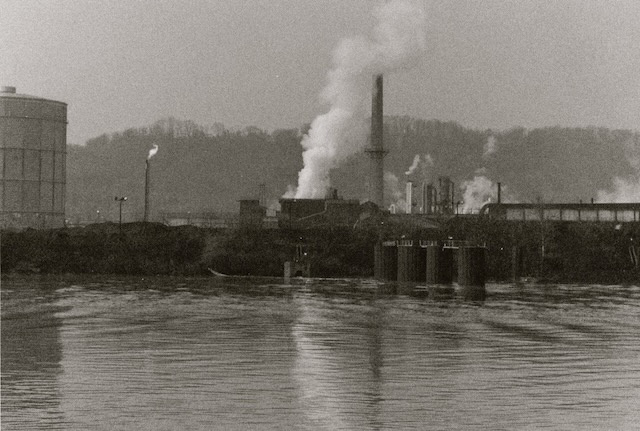 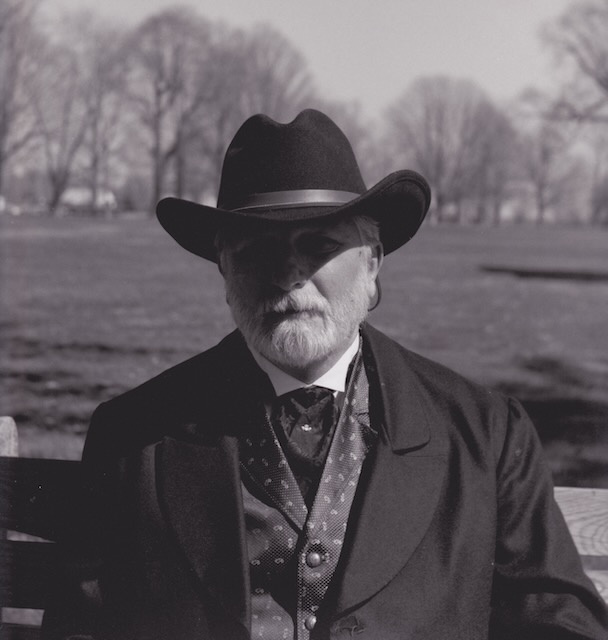 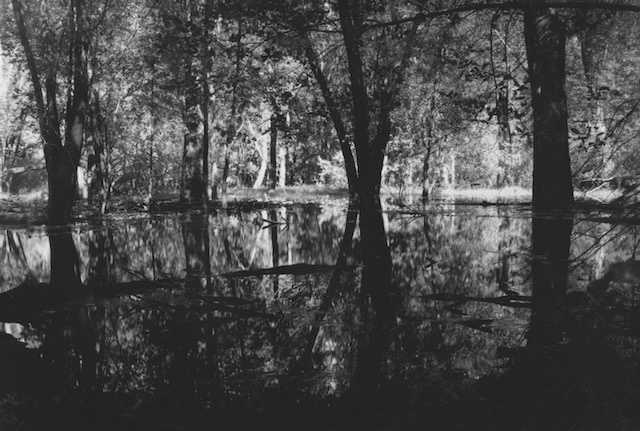 |
